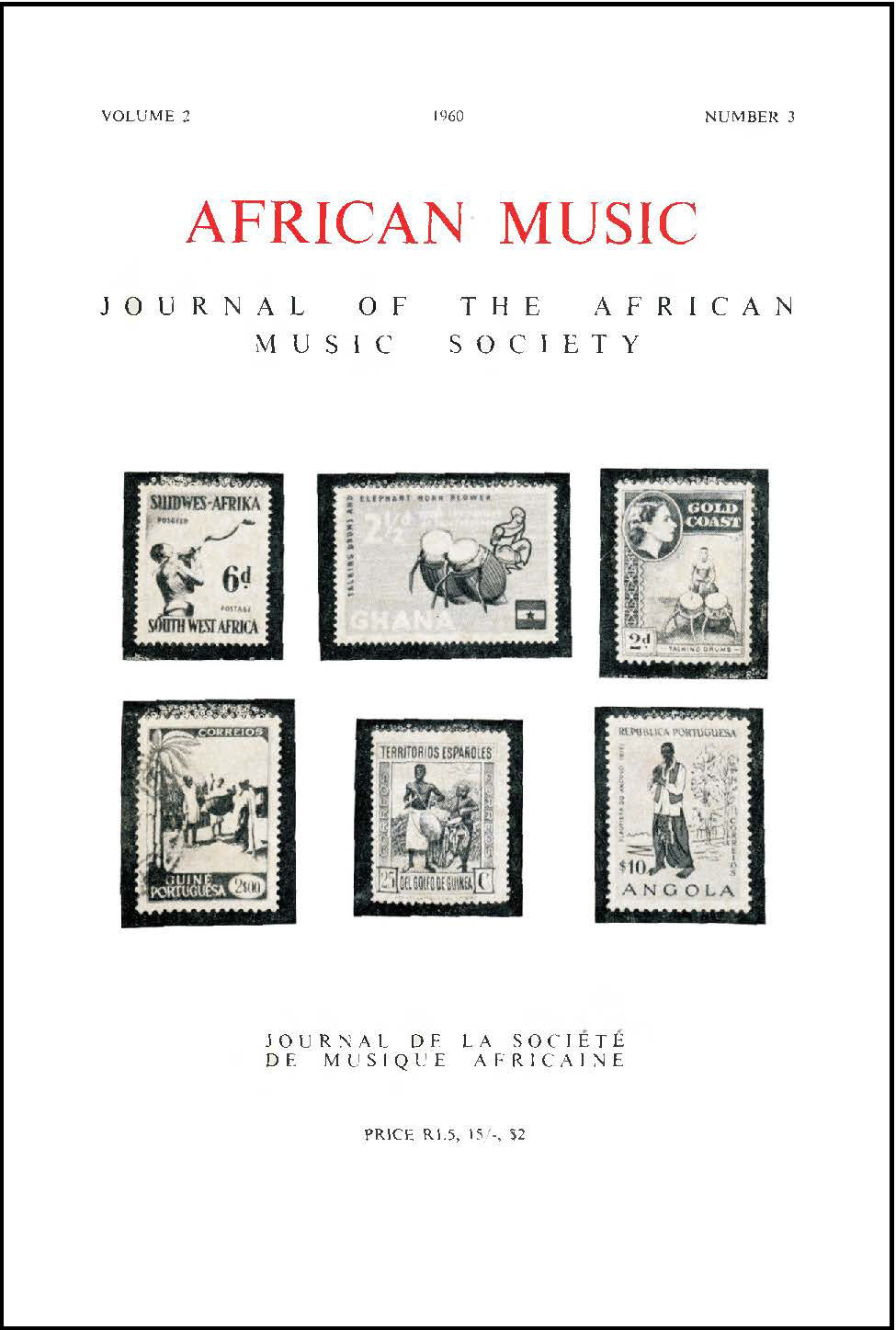Main Title
The structure of Kiganda xylophone music
Abstract
There are two main types of xylophone in Buganda, the most important of the kingdoms north of Lake Victoria in Uganda. One instrument with twelve keys is called amadinda, another with twenty two keys is called Akadinda. “Dinda” means “xylophone key” and the word probably arose from the sound which the keys give when they are struck. The prefix “ama”, as I was told by my teacher, means “big” and “aka” means “small”. This is rather strange, for the keys of the amadinda on which I learned were smaller than those of the akadinda and also the twenty two key instrument was naturally longer than that with only twelve keys. Both xylophones on which we played the music analysed here were constructed by my teacher. The amadinda being situated at the Uganda Museum is entirely traditional, with banana stems as the base. (The attendants at the Museum play it regularly for visitors.) The akadinda situated at Salama with the blind musicians is a sort of improved construction of Mr. Muyinda. To facilitate transport it has a fixed wooden frame instead of the interchangeable banana stems.
Type of Resource
Language
Created at Date
30/11/1960
Associated Entities
Created at Country
Located at
Subject
In Collection
Preview Image

Identifier
Resource Type
-
TypeDigitalDescriptiontextNotepages: 6-30Methodborn digital
